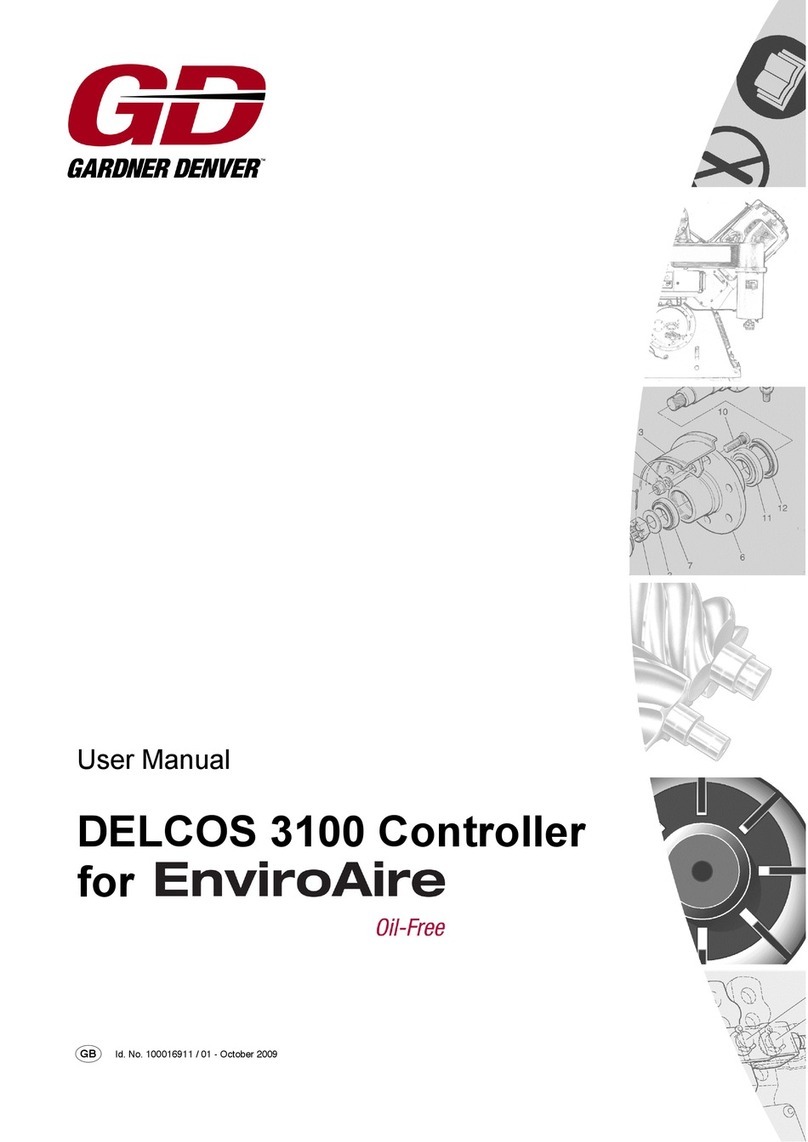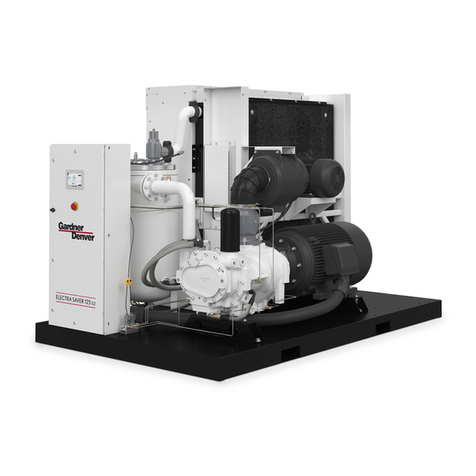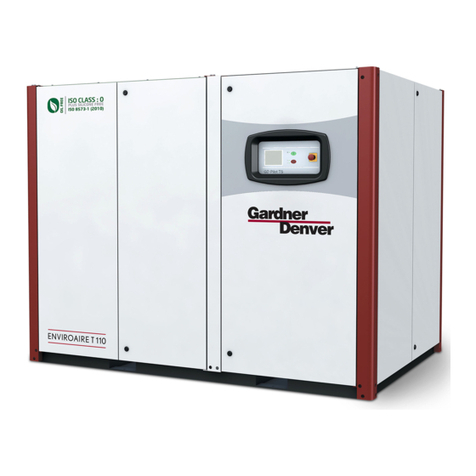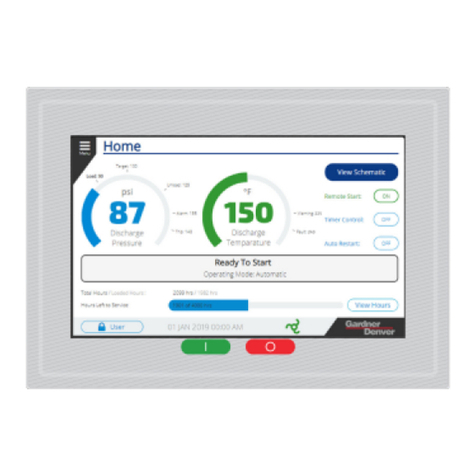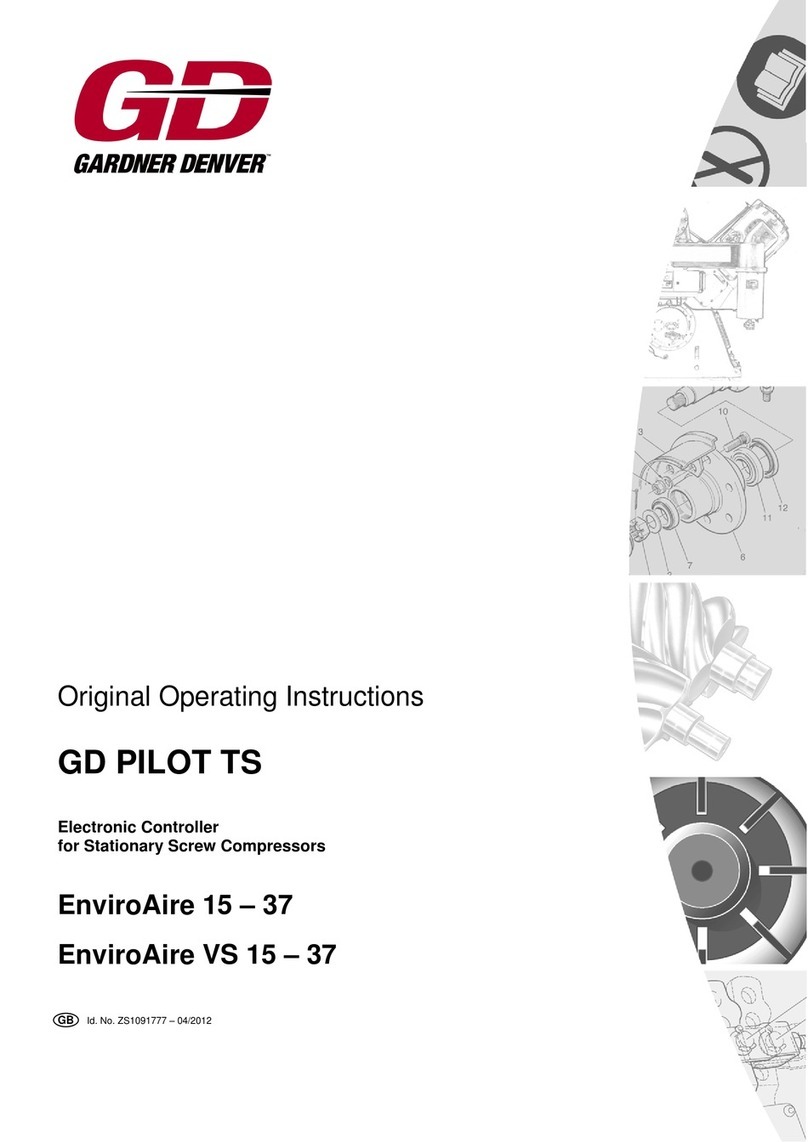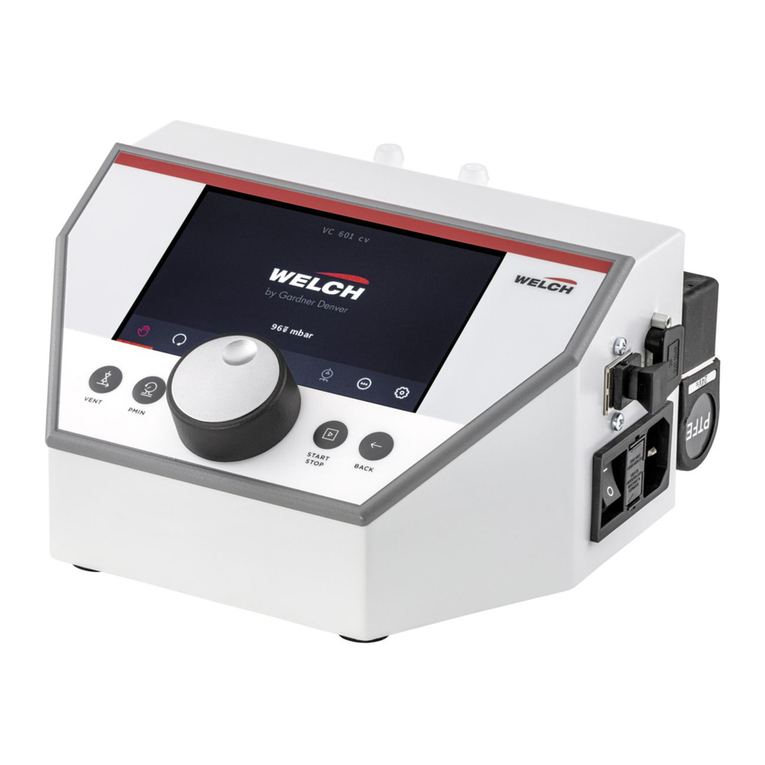
3. Safety instructions
10
Make regular checks to ensure that:
all means of protection are correctly fitted
and fixed,
all fittings are firmly tightened,
all electrical cables are connected correctly and are
in good condition,
the safety mechanisms are in full working order.
Avoid any working practices which may compromise
safety. Access panels, etc. must be kept closed during
operation. If a fault occurs, stop the machine/unit
immediately and lock it. Have any defects rectified
immediately.
Observe the start-up and stopping procedures and the
control displays according to the operating instructions.
Before starting up or setting the machine in motion,
ensure that nobody is at risk.
3.5 Special work/maintenance
Precautions
Observe the adjusting, maintenance and inspection
activities and intervals set out in the operating
instructions, including information on the replacement of
parts and equipment. These activities may be carried
out by skilled personnel only.
Brief the operating personnel prior to starting special
operations or maintenance work. Appoint a person to
supervise the activities.
Maintenance and repair work may only be carried out
under the supervision of a person who is qualified for
this work.
If the machine/unit is completely shut down for
maintenance and repair work, it must be secured to
prevent inadvertent restart:
•Lock the main command elements and remove the
key and/or
•Attach a warning sign to the main switch.
Always use the correct tools for maintenance and repair
work.
Never use inflammable solvents or carbon tetrachloride
to clean parts. Take precautions against toxic vapours
from cleaning agents.
In any work concerning the operation, conversion or
adjustment of the control and its safety devices or any
work related to maintenance, inspection and repair,
always observe the start-up and shutdown procedures
set out in the operating instructions and the information
on maintenance work.
Ensure that the maintenance area is adequately
secured.
Maintenance/rectification of faults
The employer must inform personnel of the dangers
possibly arising during the repair and maintenance of
the system and of measures to avoid them; personnel
must observe all measures for safety at work. Safety
equipment for the prevention or elimination of danger
must be maintained regularly and its function checked
at least once a year. Faults observed must be rectified
immediately and/or reported to the responsible person.
Only use original spare parts.
Only carry out maintenance and repair work when the
system is not in operation and the power supply
disconnected. Ensure that the power unit cannot be
switched on inadvertently.
Before removing or opening pressurized components,
positively isolate any source of pressure and
depressurize the entire system.
If work which produces heat, flames or sparks has to be
carried out on a machine, the adjacent components
must be protected by means of non-inflammable
material.
Before releasing the system for operation after
maintenance or overhaul, check that the operating
pressures, temperatures and time settings are correct
and that the regulating and shutdown equipment is
working properly.
Motor, air filter, electrical components and regulating
equipment must be protected from the ingress of
humidity, e.g. when cleaning the system by means of a
steam jet.
Never use etching solvents which could attack the
materials used.
Check the accuracy of the pressure indicator at regular
intervals. When the permissible tolerance limits are
exceeded, these devices must be replaced.
The fastening of loads and the instructing of crane
operators should be entrusted to experienced persons
only. The person giving the instructions must be within
sight or voice contact with the operator. For carrying out
overhead assembly work always use specially designed
safety ladders and working platforms. Never use
machine parts as a climbing aid. Wear a safety harness
when carrying out maintenance work at elevated
heights.
Keep all steps, handles, handrails, platforms, landings
and ladders free from dirt, snow and ice. Always re-
tighten screwed connections which have been loosened
for maintenance and repair work. If the setup,
maintenance or repair requires the removal of safety
equipment, this equipment must be remounted and
checked immediately after completion of these
activities.
Ensure that consumables and replacement parts are
disposed of in a safe and environmentally friendly
manner.
